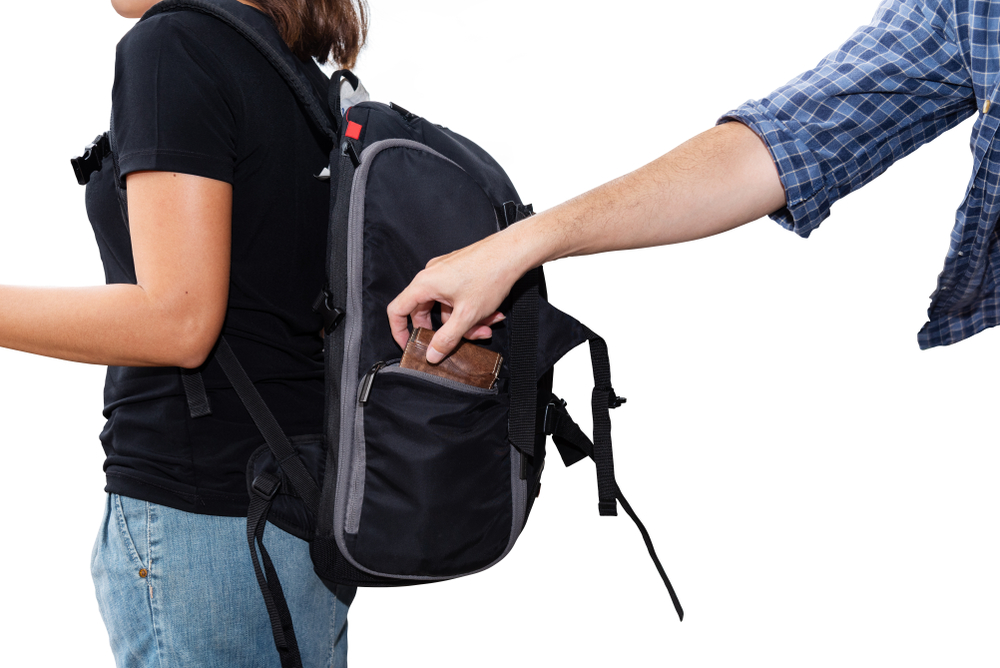Tourism is a big boost to the economy and also introduces tourists to various cultures and people.
Packing for a vacation or a quick getaway to your favourite city, comes with a to-do list. Especially, when the city you are travelling to has a different climate. Therefore, it is important that you do your research on what works best when it comes to clothing and accessories.
With the boom in travel goals on social media, you can take inspiration from your favourite travel influencers and check out what they have been adorning on their respective travels. However, it is all about keeping it comfortable, sustainable, and eco-friendly. It’s time we put our planet first and be kind to the environment.
Here’s how you can spread happiness wherever you go, but in a sustainable and eco-friendly way:
SILHOUETTES: Sustainable and eco-friendly doesn’t mean it has to be boring. There are a lot of homegrown responsible fashion brands such as House of Fett, No Nasties, Antaratma, Hibiscus Heroes, The Summer House, to name a few working towards making sustainability a fashion statement. The silhouettes, patterns and colours are travel friendly. Pick from an array of co-ord sets, skater dresses, to comfortable swimwear to make your next trip a fashionable one.
FABRIC: It’s important that the fabric you pick for your travel fashion should be easy breezy and super comfortable. You don’t want to wear outfits where the fabric either leaves you with itchy skin or makes you sweat throughout the trip. Go for attires made from fabrics such as hemp, organic cotton, khadi, linen, to name a few. Also pick fabrics that are light in weight and do not add those extra kilos to your luggage.
BAG: Travelling also means carrying essentials while on the go. Sometimes your handbag cannot hold everything, so get a large bag made from eco-friendly fabrics. Go for upcycled, recycled and planet-friendly bags that are not just handy but also kind to the environment. Experiment with prints and colours derived from natural dyes.
ACCESSORY: Travel fashion goals are incomplete without the right accessories. Pick your favourite straw hat or a funky hair band to add to your stylish look. Sit back and relax on the beach with your favourite accessories keeping you company. For vacays in colder climates, opt for caps and scarves keeping in mind the city’s temperatures. Do not shop for accessories that are only stylish. Also pick function over fashion.
FOOTWEAR: Slip into footwear that’s your and nature’s friend. While picking footwear to wear during your travels, opt for shoes, sandals or regular slides that are comfortable. Never wear brand new shoes on trips because you don’t want to end up strolling the city with shoe bites. And last but not the least, air out your shoes after a long day’s walk. Go for footwear which are made from bamboo grass, vegan leather, etc.



